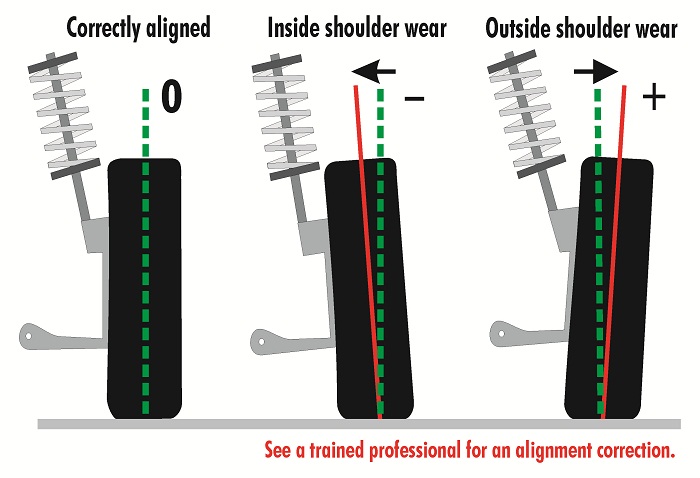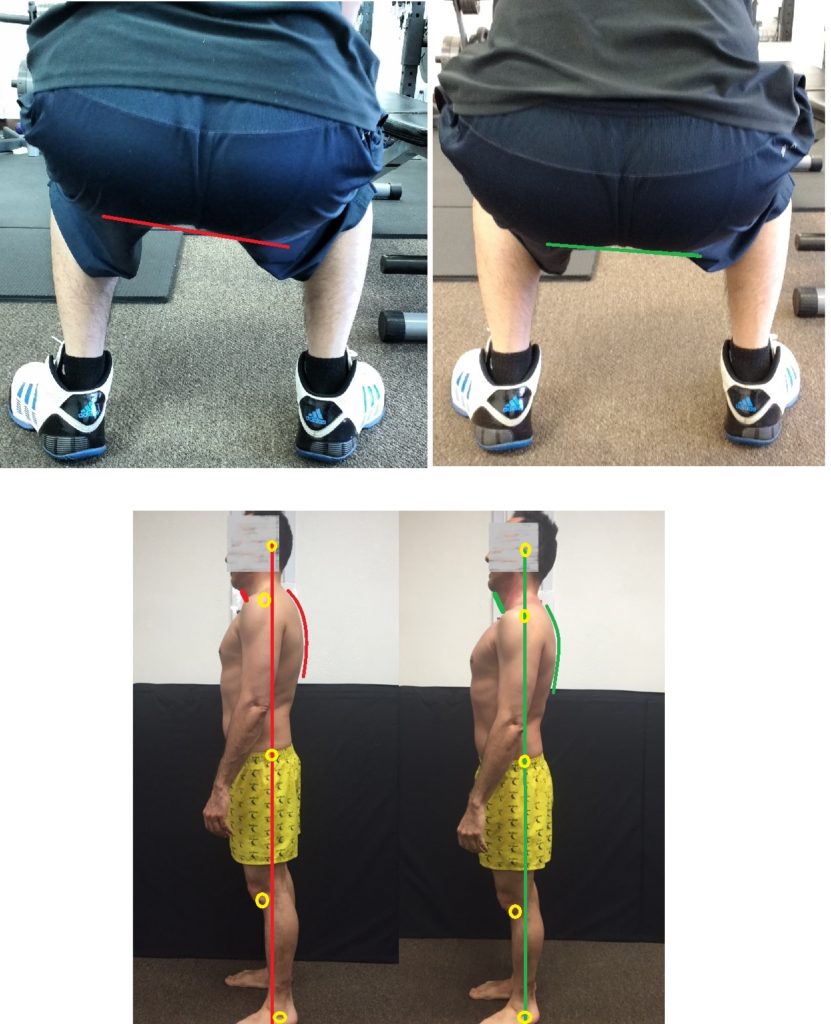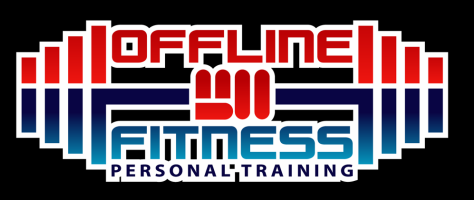I’m a big fan of analogies and a lover of insightful anecdotes so this will be my attempt at presenting a bit of my own. It’s always a challenge helping clients with diet and exercise choices. I know exactly what I want them to do, but I may struggle in balancing encouragement, rationale, and logic when sharing my thoughts – sometimes it clicks, sometimes it bores.
A car is a great analogy to the human body. It’s got the important guts (what we need), and the superficial looks (what we might want instead). A pretty car that doesn’t run doesn’t serve much of a purpose, but at least it looks nice right?
The three main things I try to teach and emphasize to all my clients are:
1.
Make sure you eat well.
Car analogy: Make sure you change the oils and put in the right fuel.
This is like our gut. Put in good food and the body takes care of everything. Put in junk food, and the body will react adversely. Whether it causes inflammation, constipation, and many other ailments, you want to avoid them all. Imagine you found out that for the last 5 years you’ve been filling your car with gas from a station that had 1% diesel in their nozzles – you wouldn’t be too happy right? It’s bound to have caused some kind of gradual damage to your car. This is the same for our bodies. It may or may not show up right away or years down the line, but you can’t say it’s a coincidence or accident if/when it does. However, the body differs from a car by being able to repair itself on its own if you nurture it.
You know how some people complain about other people eating and doing what they want and never gaining weight, losing teeth, or getting sick? This is my pseudoscience talking, but think of your body as having a filter: Each of us has one operating at different efficiencies depending on how we’ve spent our entire lives building it. Let’s compare 2 sample clients:
–Client 1 grew up eating vegetables, playing sports, and being healthy overall until their late 20s. At this point it’s more pizza, alcohol, and late nights hanging out and killing time. Once they hit their 30s they suddenly gain more weight, have less energy, and overall live precariously.
–Client 2 grew up eating whatever was available, was never really active at all, and also leads a fun filled life in the 20s like Person 1, also gaining weight, losing energy, etc in their 30s.
If I were to put both of them on the same program and diet, who would see changes faster? Who would be more resistant and less willing to comply? Who would call it easy or hard? From my experience and probably your guess, Client 1 would have little to no issues adjusting because they’ve already done it in the past. Client 2 would find it to be a completely new and unwelcoming world. What Client 1 can achieve in a month might take Client 2 over a year to match. Client 1 might get away with 4 beers a weekend, while Client 2 can barely handle 1 before the weight and woes return. They could own the same car, but handle and maintain them completely different from each other.
2.
Exercise often and wisely
Car analogy: Make sure you maintain and replace parts that wear and tear.
We know we need exercise – movement is life, stillness is decay. But even the most active people will discover there are right and wrong ways to exercise. 99% of my clients come in with imbalances that we need to correct/manage before we can go hard in the weight room. These come from stress, work posture, previous injuries, poor exercise form, repetitive sports patterns, etc.

If your car isn’t aligned, your tires will wear unevenly and give you quite a bumpy ride. You can get away with it for a while, but soon repairs/replacements will be needed. I teach correctives and release work so that clients can manage these issues before they need major interventions like hip replacements and metal screws in the knee.

In the first picture, someone squatting often will eventually feel pain either in the hip or knee due to the imbalance. Our goal is to get as close to symmetric as possible while still getting all the benefits of training. In the 2nd picture, shoulder pain, flat feet, and hip issues were raised in the consult. Shoulder pain is more or less gone, hips are happier, and flat feet are still WIP, but the important thing to know is that we did not ignore these issues. This is also why it’s not always the best idea to just follow a popular Youtube video and hope for the best. Make sure your body is in a good condition to perform whatever demands you place on it or you will pay for it later.
3.
Stay focused, stay the course.
Car analogy: Don’t neglect the signs and noises
I can give you the best diet, the best workouts, the best experience, but like I always say: the results are still in your hands. If you are like Client 2, it’s going to be a rough ride. Here’s where the car analogy really comes in. Let’s say because of construction in your area, you now only have one possible route to get to work – a long, awful path with closed lanes, potholes, steel plates, and angry drivers. Let’s say this will be your route for the next 6 months. It is almost guaranteed that your car will take more damage than usual and require more maintenance. You can’t control the route, but you do have a choice in keeping your car healthy. It may take more visits to the mechanic, more money to spend, and just more headaches in general, but that’s life. If you choose to ignore it, your car could eventually break down, making you miss work, and possibly even needing a new car = more pain.
I’m sure you can come up with other examples that parallel your body. You can eat randomly, drink more, party more, sleep less, etc. This is fine until you begin to gain weight, lose energy, and hate life. Don’t ignore or bypass these signs with pills, energy drinks, or make-up, it is your body and engine crying out for help, and paint will not fix a broken engine.
Like any new endeavor, fitness and health require your focus and commitment. Whether you like it or not, things need to be done for changes to happen. It’s gonna be a challenge, but remember that isn’t forever and it will be worth it. Soon the lanes will return, the road will be paved, and your car will still be around to use them if you took care of it during the transition.
